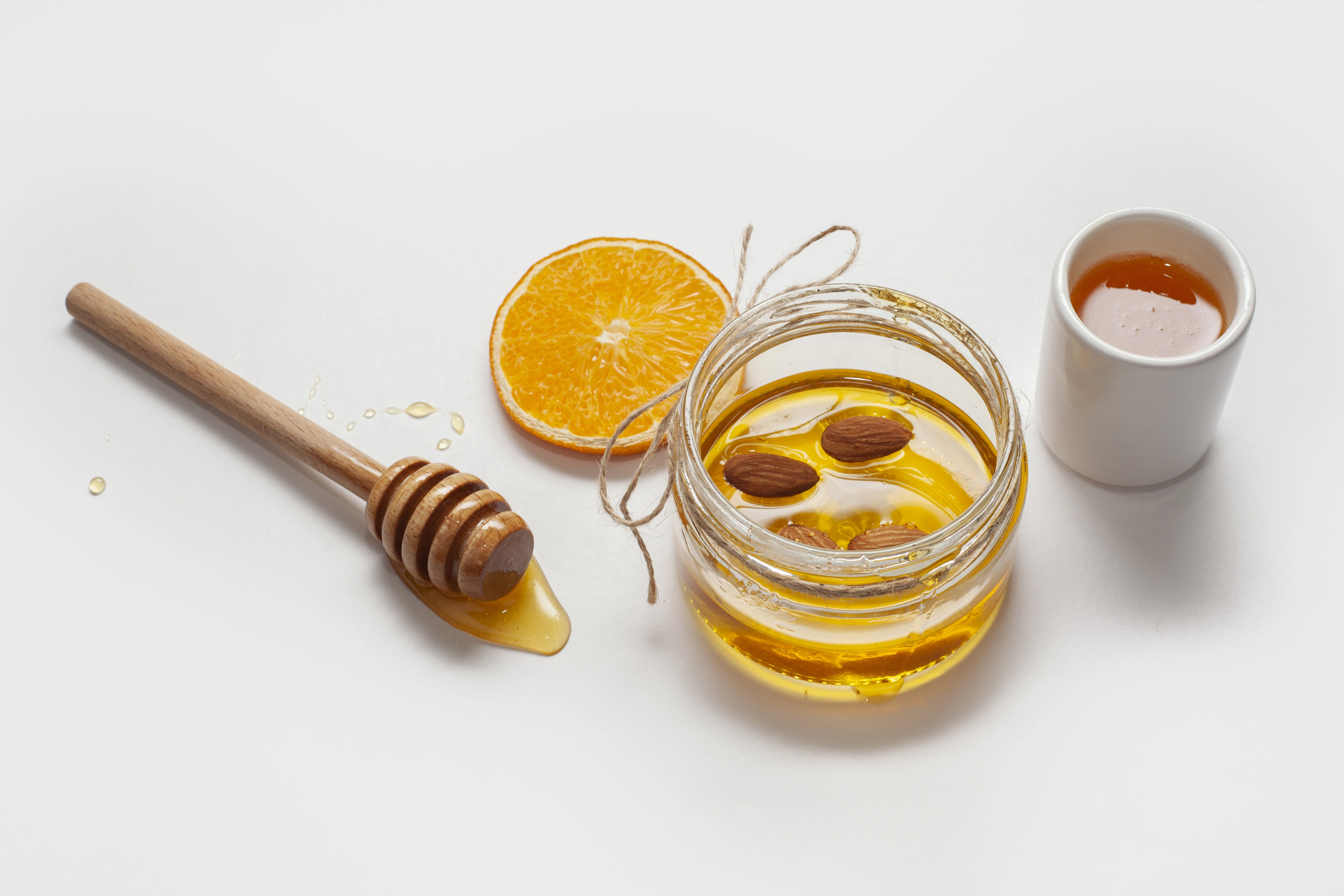BLACK FRIDAY! Profitez de la livraison GRATUITE avec un achat de 400$+ avant taxes. La promo s'applique automatiquement.
Honey in Wound and Burn Care
Honey has been used for centuries as a natural remedy for treating wounds, burns, and infections. Thanks to its antiseptic and healing properties, it has become a must-have for skin care and healing. This article explores how honey can be used to treat wounds and burns effectively.
The Benefits of Honey in Wound and Burn Treatment
Honey has antiseptic and anti-inflammatory properties, making it an excellent choice for the care of wounds and burns. It creates a moist environment that promotes wound healing while preventing the growth of bacteria and germs.
Why Is Honey Effective for Healing ?
Honey contains natural enzymes that produce hydrogen peroxide, a powerful antiseptic. This process aids in wound debridement, helping to clean and remove dead tissue, while also reducing the risk of infection. Additionally, honey helps stimulate tissue regeneration and granulation (the formation of new tissue) in the wound bed.
How to Use Honey for Burns and Wounds
- Application on Burns: Apply a thin layer of honey directly onto the burn after cooling the affected area with water. Then cover the wound with a sterile compress or gauze.
- Wound Care: Honey can be used for chronic wounds, ulcers, bedsores, and even surgical wounds. Simply spread a thin layer of honey over the wound and cover it with a sterile bandage or dressing.
- Cleaning and Disinfecting the Wound: Before applying honey, ensure the wound is properly cleaned with physiological saline or a sterile solution.
Advantages of Honey Over Traditional Treatments
Honey offers several benefits compared to conventional treatments:
- It is natural and non-toxic, making it a safe choice for all types of wounds.
- It helps maintain a moist environment, which supports proper healing.
- Unlike antibiotics, honey does not promote bacterial resistance.
- It can be used on infected or superficial wounds and is safe for patients with diabetes or ulcers.
When to Use Honey for Wound Treatment
Honey is recommended for various types of wounds:
- Superficial wounds : cuts, scrapes, and small skin injuries.
- Minor burns : it helps reduce pain and speeds up healing.
- Chronic wounds : such as venous ulcers and bedsores.
- Surgical wounds : it promotes healing and helps prevent post-operative infections.
FAQ
1. Is honey really effective for healing burns ?
Yes, honey is effective for treating mild to moderate burns. It helps reduce pain, prevents infections, and promotes healing.
2. Do all types of honey have healing properties ?
All honey has antiseptic properties, but some types, such as Manuka honey, are especially effective due to their high methylglyoxal content.
3. How should honey be applied to a wound ?
Clean the wound with saline solution, apply a thin layer of honey, and cover it with a sterile compress or adhesive dressing. Change the dressing regularly.
4. Can honey replace medical treatments for serious wounds ?
Honey can complement medical care for mild to moderate wounds. However, for serious or surgical wounds, it is best to consult a healthcare professional before using honey.
Display prices in:CAD

